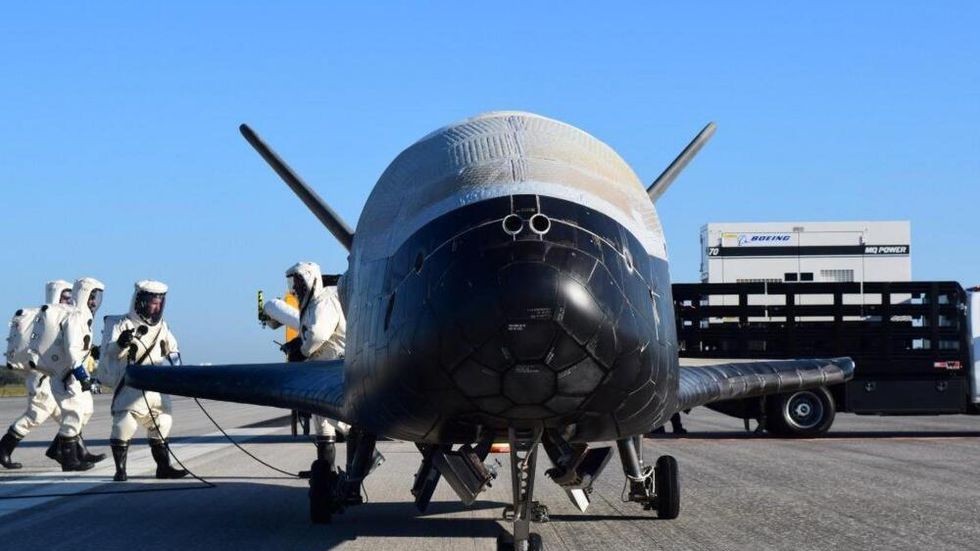Lifting bodies and the X-37B

A few days ago, the US Air Force’s X-37B space plane landed after 780 days in orbit, which is kind of incredible. We don’t know all that much about the plane which was originally a NASA project, before being taken over by the Air Force. This was its fifth and longest flight.
The 11,000-pound vehicle is about 29 feet long, with a wingspan of just under 15 feet, and was designed to stay in orbit for 270 days. It was originally a NASA program, with roots in the space agency’s lifting-body research, that ran from 1999 to 2004. The X-37B is designed to serve as a platform for experiments and to offer insights on transporting satellite sensors and other equipment to and from space.

Perhaps the most interesting bit though is digging a bit into this lifting-body aspect. There some more details on the project here at Space, including the commercial potential of this type of body.
We believe that there is a place for lifting body runway landing spacecraft in thecommercial and government fleet to accomplish not only International SpaceStation crew and cargo transport but also to conduct other viable missions, forsatellite deployment and other near space operations.
There’s also a good piece here at Wired from 2013 on the history of lifting body planes.
Theoretical work on lifting bodies began in the United States in the 1950s at National Advisory Committee for Aeronautics (NACA) laboratories. Early lifting bodies took the form of horizontal half-cones with rounded noses and flat tops. They were viewed mainly as steerable reentry bodies for nuclear warheads launched on Intercontinental Ballistic Missiles. By the end of the 1950s decade, however, as the 1958 Space Act transformed NACA into NASA and transferred to it most Department of Defense space facilities and projects, some engineers began to propose that lifting bodies serve as piloted reentry vehicles.
(Matthieu brought the lifting bodies to my attention.)





Stay Connected